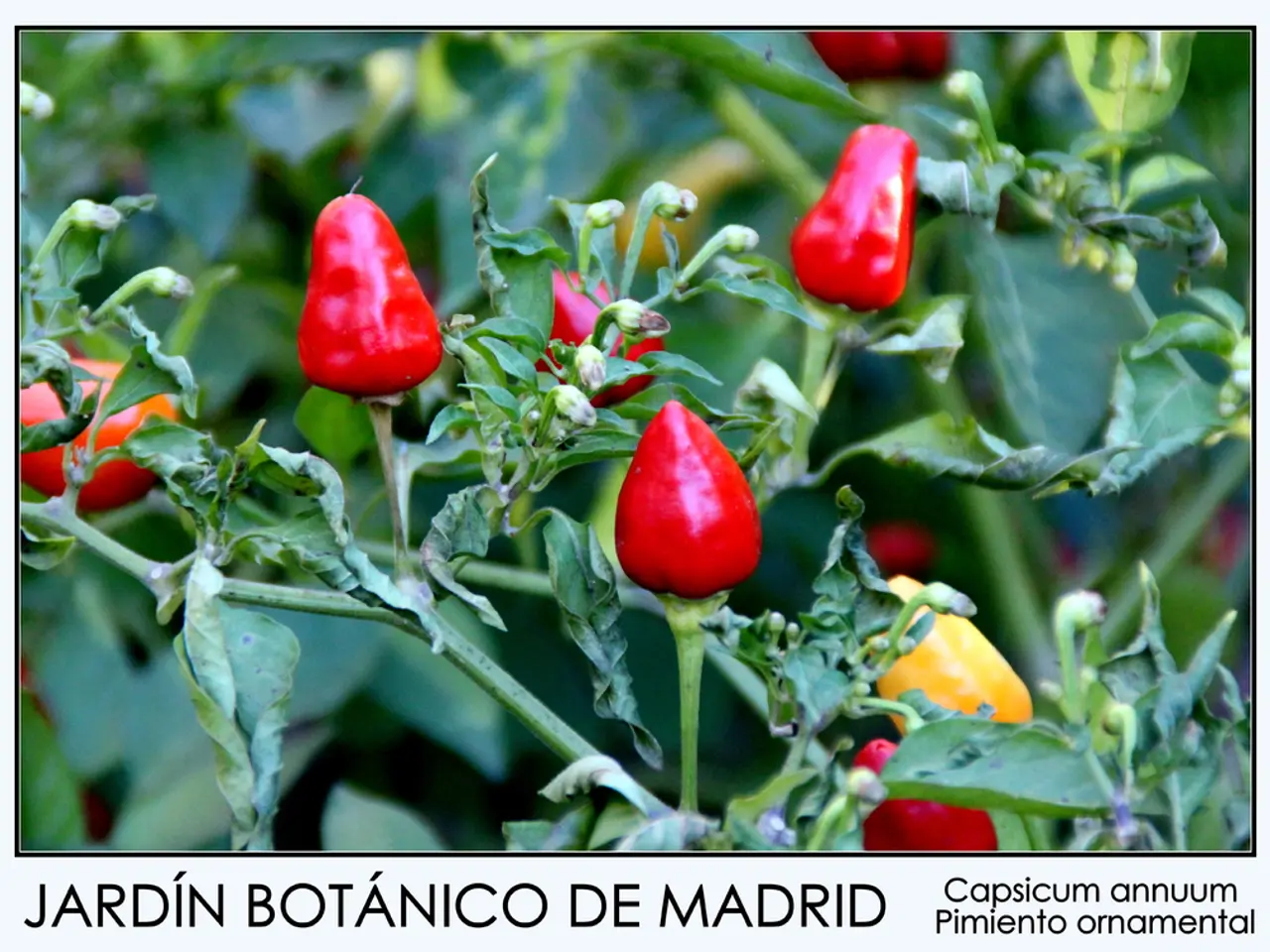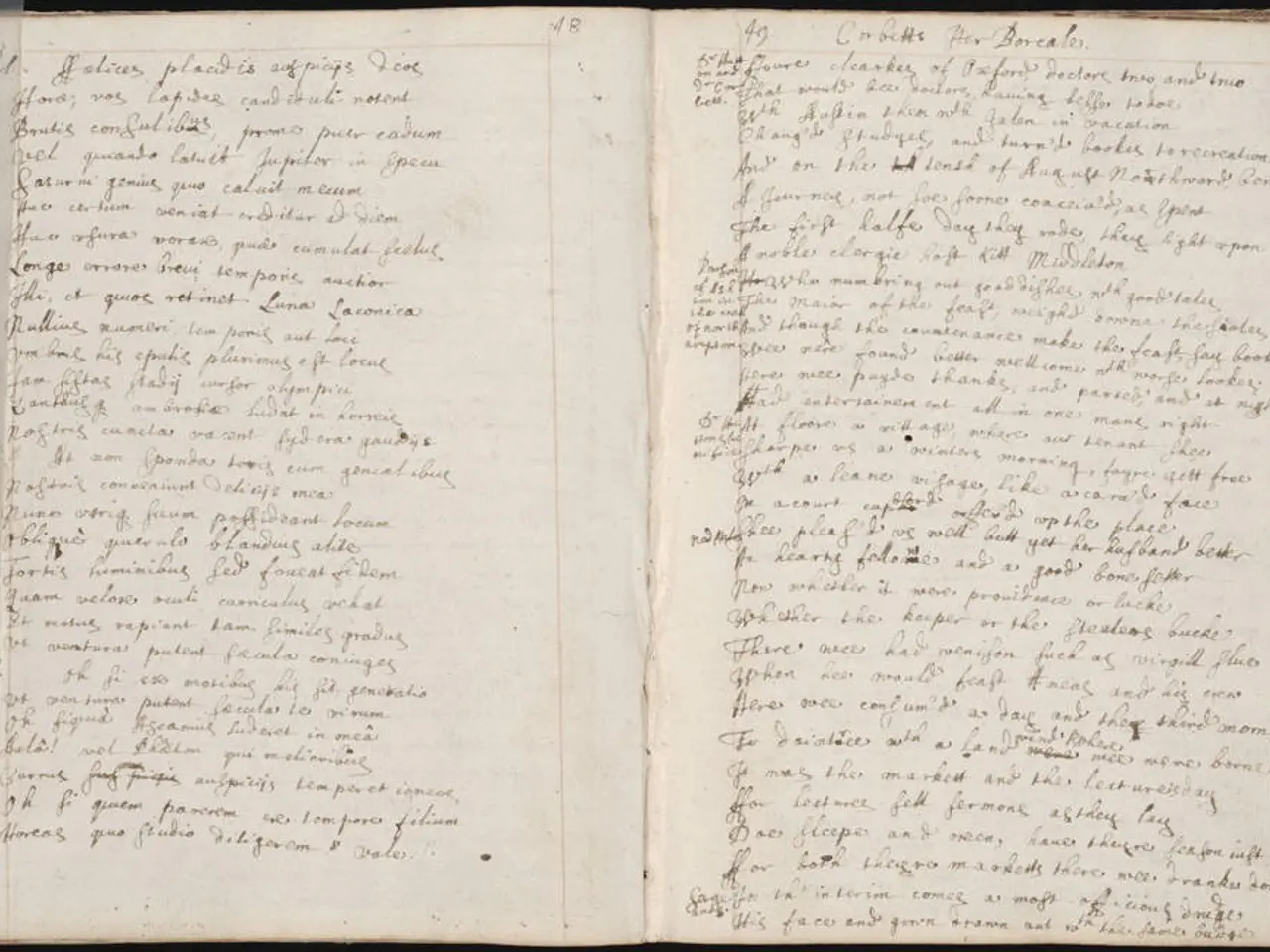Tips for Cultivating Ideal Peppers: Expert Guidance
Growing and caring for pepper plants from seedling to harvest can be a rewarding experience for both beginners and experienced gardeners. To ensure the optimal growth, blooming, and fruiting of your pepper plants, follow these key steps focusing on transplanting, watering, fertilizing, blooming, fruiting, and pest protection.
Starting from Seedlings & Transplanting
Start pepper seeds indoors well before the last frost date, then transplant seedlings outdoors only after the threat of frost is gone and temperatures have warmed consistently. Peppers thrive in warm conditions (above 60°F/15°C) with full sun exposure. For transplanting, do so when the seedlings have about four to six leaves (around 6–8 weeks old). Use well-draining soil mixed with compost and organic matter. Plant seedlings at the same depth they were growing in their starter pots, water sparingly after transplant, and provide some shade for about a week to reduce transplant shock.
Watering
Peppers need consistent watering, but do not keep the soil soggy. Deep watering less often is preferable to shallow frequent watering because peppers dislike constantly wet soil that may stunt growth or cause root problems. In hot weather (above 90°F/32°C), water 2-3 times weekly or every other day, ensuring soil remains moist but not saturated. Mulching helps retain soil moisture and keep roots cool, reducing flower drop caused by heat stress.
Soil and Fertilizing
Use well-draining soil enriched with compost before planting. During the growing season, lightly feed with balanced organic fertilizers like fish emulsion or kelp, which peppers respond well to without over-fertilizing. Avoid high nitrogen fertilizer especially when plants begin blooming because excess nitrogen encourages leafy growth over flowers and fruits.
Supporting Growth & Pruning
Stake or support pepper plants to keep fruits off the ground and reduce disease risk, especially for larger bell pepper varieties. Prune selectively to encourage airflow and reduce disease, but don’t over-prune as leaves contribute to photosynthesis.
Blooming and Fruiting
Peppers need full sun and warm temperatures to bloom and set fruit successfully—aim for 6-8 hours or more of direct sunlight daily. Keep soil consistently moist and mulched to prevent hot roots, which can cause flower drop. Balance fertilizer use to promote flowers and fruits rather than excessive foliage.
Pest Protection
Prevent pests by maintaining healthy plants through adequate watering, mulching, and spacing for good air circulation. Check regularly for common pests like aphids and pepper weevils; remove affected leaves and consider organic treatments if needed. Good soil moisture management and ventilation help reduce fungal infections and diseases.
By applying these practices, your pepper plants will have the optimal conditions for strong growth, blooming, fruiting, and pest resilience from seedling stage through harvest.
A heating pad or mini greenhouse can be used to maintain the required temperature for pepper seed germination. Dry air, especially indoors, requires humidity for pepper plants; mist, place pots on a tray with water and gravel, or water the floor in the greenhouse. Aphids and spider mites can be harmful pests for peppers; aphids can be rinsed off with a strong water stream or gently squashed, and mites can be controlled by spraying more often, especially in dry air.
Water pepper plants generously, but allow the soil to dry between waterings. Good drainage is essential for pepper plants. Transplant pepper seedlings gradually, from small pots (7 cm) to a main pot with a diameter of 23-30 cm. Peppers love light and heat, and if they don't get enough, they grow weak and bloom poorly.
Avoid overripening peppers for storage; use drying or freezing in cubes. For outdoor containers, use a dense potting mix to weigh down the pot and protect it from wind.
- Experimenting with a lifestyle centered around home-and-garden activities can be immensely gratifying, as seen in the process of growing and caring for pepper plants from seedling to harvest.
- When growing peppers at home, remember to provide consistent watering, use well-draining soil enriched with compost, and protect your plants from pests to ensure optimal growth, blooming, and fruiting.




